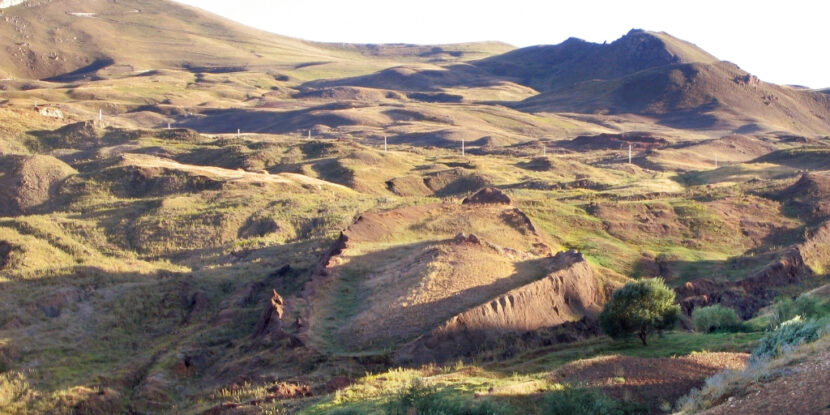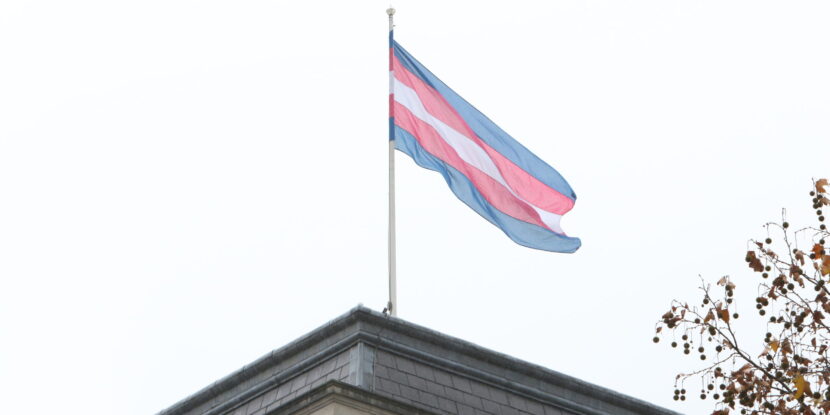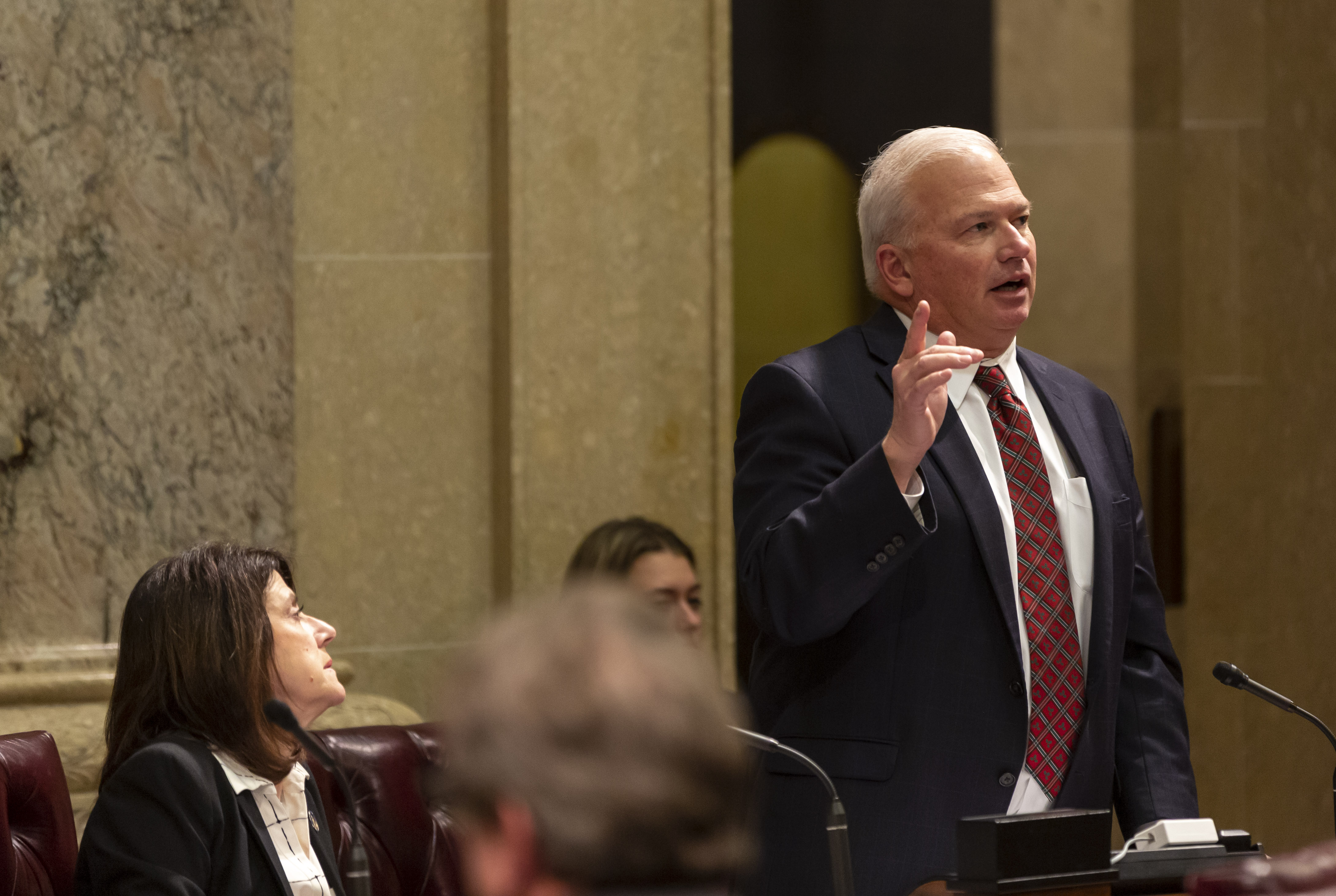
PULSE POINTS:
❓What Happened: A geological formation near Mount Ararat in Turkey is being studied by researchers who believe it could be the remains of Noah’s Ark.
👥 Who’s Involved: Independent researchers from Noah’s Ark Scans, including Andrew Jones and William Crabtree.
Your free, daily feed from The National Pulse.
📍 Where & When: Durupinar Formation, 18 miles south of Mount Ararat, Turkey. Recent findings published in May 2025.
💬 Key Quote: “This is not what you’d expect to see if the site were simply a solid block of rock or the result of random mudflow debris,” said Andrew Jones.
⚠️ Impact: The findings could provide evidence supporting the Biblical account of Noah’s Ark, sparking renewed debate over the site’s origins.
IN FULL:
Researchers from Noah’s Ark Scans have unveiled findings from the Durupinar Formation, a site in Turkey believed by some to be the resting place of Noah’s Ark. Using ground-penetrating radar (GPR), the team identified angular structures and a 13-foot tunnel running through the center of the formation, with features resembling hallways and rooms.
Andrew Jones, an independent researcher with the project, explained that the scans revealed three distinct layers beneath the surface, consistent with the Biblical description of the Ark having three decks. “What’s left is the chemical imprint, pieces of wood, and in the ground, the shape of a hall,” Jones recently told the media.
The formation, located 18 miles south of Mount Ararat, was first revealed in 1948 after heavy rains and earthquakes washed away surrounding mud. The Bible describes Noah’s Ark as a massive wooden vessel that saved mankind and animals from a catastrophic flood over 4,300 years ago, coming to rest on the “mountains of Ararat.”
William Crabtree, another researcher, noted that soil analysis from the site revealed elevated potassium levels and higher organic matter inside the formation compared to the surrounding soil. “If this was a wooden boat and the wood had rotted over time, we would expect to see elevated levels of potassium, changes in pH, and higher organic content—and that’s exactly what we’re finding,” Crabtree stated.
The team also observed that grass within the boat-shaped formation differs in color from the surrounding area, which they suggest may indicate a man-made origin. Plans for further testing include core drilling and additional GPR scans to compare the formation’s interior with its exterior.
While some scientists argue the site is a natural geological feature, others see the findings as evidence supporting the Biblical account. Jones emphasized the importance of their ongoing work, saying, “We want to compare what’s inside the formation to what’s outside. That could give us a much clearer picture of whether this is truly something man-made.”

PULSE POINTS:
❓What Happened: Four major Pride events in Britain have banned political parties from participating officially, citing solidarity with the transgender community.
👥 Who’s Involved: Birmingham, Brighton, London, and Manchester Pride organizations; British political parties; transgenders; the Supreme Court of the United Kingdom; the Equality and Human Rights Commission (EHRC).
Your free, daily feed from The National Pulse.
📍 Where & When: Britain, announcement made following a Supreme Court ruling that determined sex is determined by biology, not gender identity, for the purpose of equality law.
💬 Key Quote: “In this moment, we choose to stand firmer, louder, and prouder in demanding change that protects and uplifts trans lives,” said Pride organizers.
⚠️ Impact: Political parties are excluded from major Pride events unless they commit to returning transgender “women” to women’s single-sex spaces and sports, amidst ongoing debates over gender recognition laws.
IN FULL:
Four of the United Kingdom’s largest LGBT Pride organizations have announced a ban on political parties participating in their events in an official capacity, citing solidarity with transgenders. Birmingham, Brighton, London, and Manchester Pride groups issued a joint statement explaining the decision, which they said was driven by a lack of commitment to transgenderism among political parties.
The announcement follows a Supreme Court ruling that defined “woman” under the Equality Act as being based on biological sex. While this decision has been welcomed by many citizens and campaigners, particularly lesbian and gender-critical groups, it has been resisted by transgender activists.
The Pride groups stated that the ruling highlighted the need for urgent action and described their move as a refusal to “platform those who have not protected our rights.” They also called for reforms, including full “protections” under the Equality Act—likely meaning renewed access to women’s spaces—as well as improved access to transgender medical interventions and sustained funding for trans-led services.
“In this moment, we choose to stand firmer, louder, and prouder in demanding change that protects and uplifts trans lives,” the Pride groups said in a joint statement.
The Supreme Court ruling stems from a case involving the Scottish Parliament’s gender balance legislation, which included transgenders in quotas for women. The court clarified that the Equality Act’s definition of sex is based on biology, not gender identity, even for those holding a government Gender Recognition Certificate.
The Equality and Human Rights Commission (EHRC) subsequently issued guidance emphasizing that access to single-sex spaces must align with biological sex.
Some groups, such as Scottish Lesbians, welcomed the clarification, stating it protects women’s rights. They have criticized Pride organizers for excluding lesbians by prioritizing transgender issues.
The decision to exclude political parties affects events that collectively attract over a million attendees annually. Political figures, including Prime Minister Sir Keir Starmer and former Prime Minister Boris Johnson, have historically participated in Pride events.
Image by Foreign, Commonwealth, and Development Office.
show less

 1 month ago
4
1 month ago
4








 English (US) ·
English (US) ·